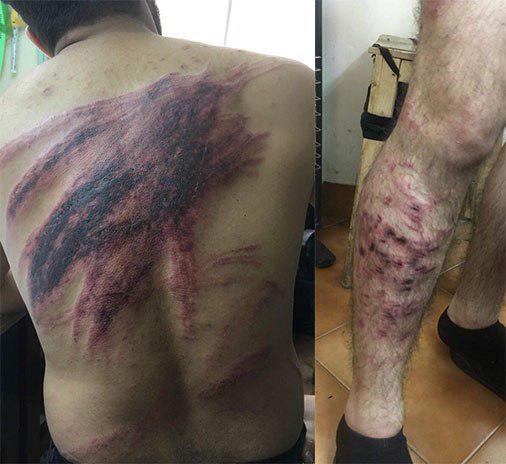IRAN UPRISING: WILL IT CONTINUE? HOW DEEP THE MEK / PMOI ARE EXTENDED IN THE COUNTY?

By INU Staff
INU - Could the current regime of Iran annihilate the MEK / PMOI? Or the MEK / PMOI together with protesters will be victories?
The recent uprising in Iran which began on December 28 late last year, has sent shockwaves around the world, including the current debates among Iran policy circles in the United States.
Many policy experts, analysts, and commentators now view and describe the uprising as “watershed”, or “landmark event” or a “tuning point” in the period since 1979.
The below article is trying to provide a summary of these conceivable options and views mainly focus on the question of “will this uprising continue.”
There has been speculation that the uprising will die out or be crushed by the regime. However, a key barrier has been broken: Iranians are no longer contained by the wall of fear created by the Islamic Republic regime.
Not only has Iran’s theocracy lost its legitimacy, but also it has lost its ability to control the public who are well organized and peaceful through the instruments of violence. MEK / PMOI supporters shown outstanding supremacy in the uprising.
Not only has Iran’s theocracy lost its legitimacy, but also it has lost its ability to control the public who are well organized and peaceful through the instruments of violence. MEK / PMOI supporters shown outstanding supremacy in the uprising.
Their vision and advice has been well followed by young protesters. None of the shop or people properties has been attacked. MEK / PMOI supporters thoughtfully organised not to target none government position but to be focus on authorities belonging such as Bank, Clerical institution, suppressive forces bases etc., Unlike in past protests, countless Iranians have demonstrated that they will no longer participate in the political game of “reformist vs. conservative” (better known as “moderates vs. conservatives” in the West).
For them, no one from the establishment, including the so-called reformists, can make their lives better. For them, the entire system has to fall for a new Iran to be reborn. This clear vision is what for over 3 decade MEK / PMOI have been declaring and educating generation after generations.
The current revolt may not lead to the immediate collapse of the regime, but it is clear the death throes of the Islamic Republic. Said one supporter of the MEK / PMOI In a demonstration in solidarity with the uprising in Paris.
The current revolt may not lead to the immediate collapse of the regime, but it is clear the death throes of the Islamic Republic. Said one supporter of the MEK / PMOI In a demonstration in solidarity with the uprising in Paris.
Another MEK / PMOI supporter added: Khamenei and Rouhani may blame foreign enemies for the uprising, but their enemies are the hungry and oppressed people of Iran. They are awake. And they are legion.
So two points are very clear. First, this is not the first time Iranians have come out on the streets to protest and challenge authoritarian rule, nor will it be the last; the Iranian people have a long history of seeking a democratize political order. Second, the Iranian regime will not significantly modify either its domestic or foreign policies, portending ongoing unrest. Thus as there is an organized alternative NCRI where MEK / PMOI are one of the main member of it with wide spread network inside Iran one can assume the fatal effort of the regime for any strategic success. No doubt as regime use more force and start more killing it only provide a magnificent tool for the protester to become more and more organized and follow objectives MEK / PMOI have been looking for over 39 years. This is the beginning of the end of a rotten corrupt religious dictatorship fully rejected by million protesters in 142 cities said a young Iranian student MEK / PMOI supporter who had left Iran only one year ago and joined the protesters in Paris.
As the current unrest demonstrates, Iranian aspirations for a free and democratic state remain very strong and the clerics will not be able to thwart the will of the people any more.




